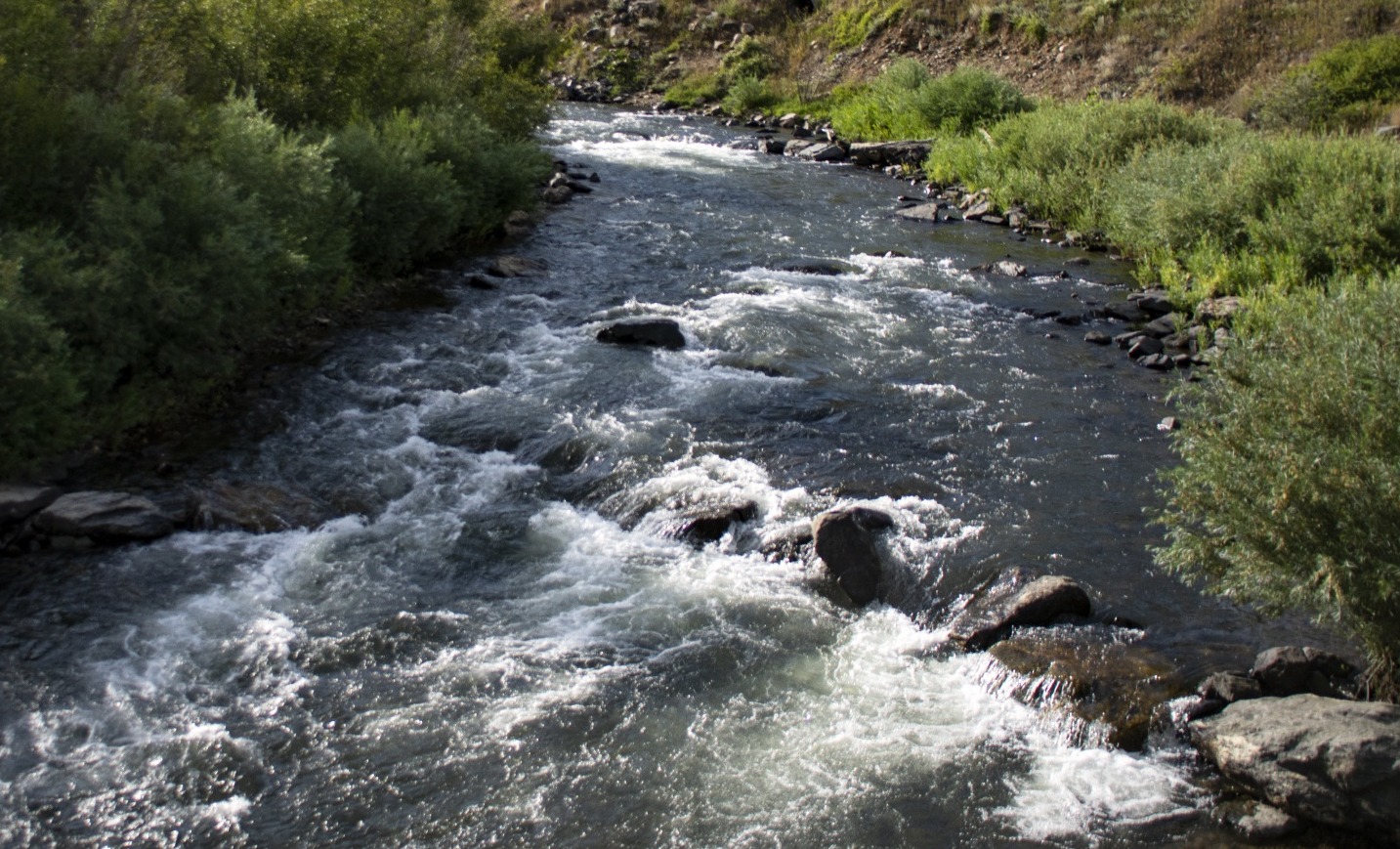Nanofibrous Materials for Heavy Metal Absorption
Water filtration membranes with polysaccharide fibers that allow for binding of heavy metal ions
Agriculture and manufacturing methods have caused large-scale heavy metal ion (lead, arsenic, mercury, etc.) pollution. This is a major public safety issue for drinking water, since these pollutants can contaminate rivers and lakes. Public safety issues can include symptoms like headache, abdominal pain and irritability; larger exposure can lead to more serious issues such as respiratory, kidney or liver damage. Exposure can even lead to problems like pregnancy loss or immunological system disorders. Current methods of membrane filtration (nanofiltration or reverse osmosis) are high energy and require high pressure; there is a need for improved methods and materials for contaminant removal from water.
This technology describes a method for production of a membrane (as well as the membrane itself) that is desirable for removing water contaminants, including heavy metal ions. This membrane consists of ultra-fine polysaccharide nanofibers (cellulose, chitin, gelatin, collagen, etc.) with at least one thiol group; the nanofibers have diameters ranging from around 3 to 50 nanometers, with lengths ranging from around 100 to 5,000 nanometers. Methods include activating the polysaccharide nanofibers by treating them with either an oxidation system in aqueous solution or with a combination of an oxidation agent, an optional acid and optional base. Then the activated nanofiber is put in contact with a reactant to form thiol-functional polysaccharide nanofibers having thiol groups.
 Source: Linnaea Mallette, https://www.publicdomainpictures.net/en/view-image.php?image=303665&picture=flowing-river, CC0.
Source: Linnaea Mallette, https://www.publicdomainpictures.net/en/view-image.php?image=303665&picture=flowing-river, CC0.
- Lower energy consumption - Lower pressure required for production - The fluid that's been passed through the membrane can be recovered (methods included in the technology)
Water filtration (specifically having to do with heavy metals)
Patented
[US-2016-0263554-A1 / Publication No.](https://patents.google.com/patent/US20160263554?oq=US-2016-0263554)
Available for licensing.
Development partner,Commercial partner,Licensing
Patent Information:
| App Type |
Country |
Serial No. |
Patent No. |
Patent Status |
File Date |
Issued Date |
Expire Date |
|